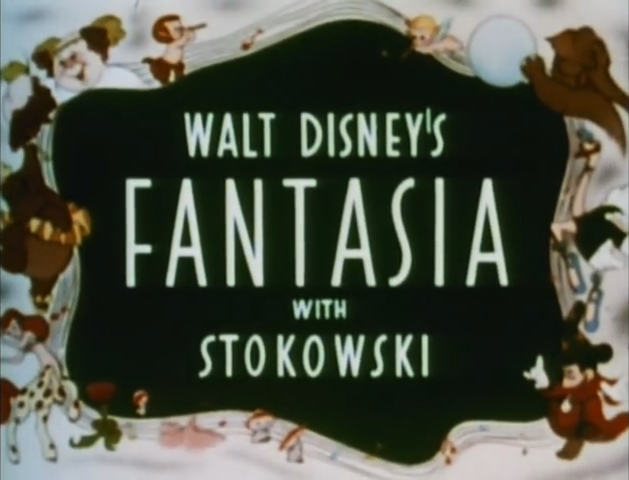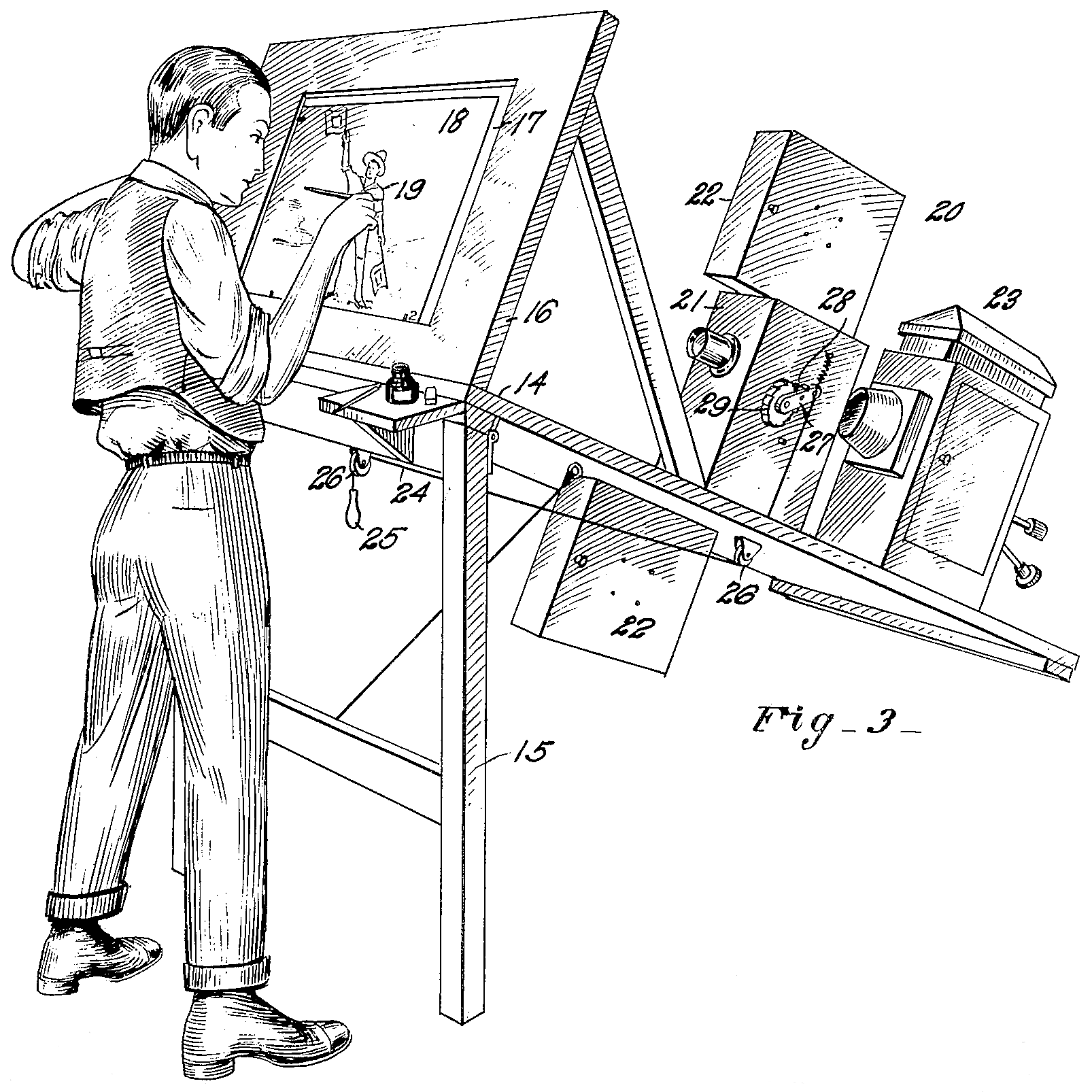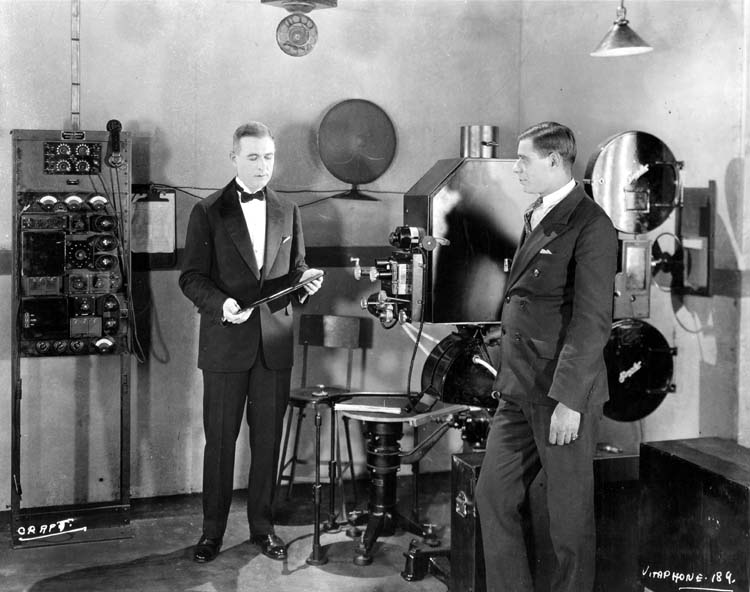|
Music Video
A music video is a video of variable duration, that integrates a music song or a music album with imagery that is produced for promotion (marketing), promotional or musical artistic purposes. Modern music videos are primarily made and used as a music marketing device intended to promote the sale of Music Recording, music recordings. Although the origins of music videos date back to musical short, musical short films that first appeared, they again came into prominence when Paramount Global's MTV based its format around the medium. These kinds of videos were described by various terms including "illustrated song", "filmed insert", "promotional (promo) film", "promotional clip", "promotional video", "song video", "song clip", "film clip" or simply "video". Music videos use a wide range of styles and contemporary video-making techniques, including animation, live action, live-action, documentary film, documentary, and non-narrative approaches such as Non-narrative film, abstract fi ... [...More Info...] [...Related Items...] OR: [Wikipedia] [Google] [Baidu] |
Video
Video is an electronic medium for the recording, copying, playback, broadcasting, and display of moving visual media. Video was first developed for mechanical television systems, which were quickly replaced by cathode-ray tube (CRT) systems which, in turn, were replaced by flat panel displays of several types. Video systems vary in display resolution, aspect ratio, refresh rate, color capabilities and other qualities. Analog and digital variants exist and can be carried on a variety of media, including radio broadcast, magnetic tape, optical discs, computer files, and network streaming. History Analog video Video technology was first developed for mechanical television systems, which were quickly replaced by cathode-ray tube (CRT) television systems, but several new technologies for video display devices have since been invented. Video was originally exclusively a live technology. Charles Ginsburg led an Ampex research team developing one of the first practical vi ... [...More Info...] [...Related Items...] OR: [Wikipedia] [Google] [Baidu] |
The Little Lost Child
"The Little Lost Child" is a popular song of 1894 by Edward B. Marks and Joseph W. Stern which sold more than two million copies of its sheet music following its promotion as the first ever illustrated song, an early precursor to the music video. The song was also known by its first three words: "A Passing Policeman." The song's success has also been credited to its performance with enthusiasm by Lottie Gilson and Della Fox. Marks was a button salesman who wrote rhymes and verse, and Stern, a necktie salesman who played the piano and wrote tunes. Together they formed a music publishing house called Joseph W. Stern & Co. and became an important part of the Tin Pan Alley sheet music publishing scene. Marks wrote the lyrics about a lost little girl found by a policeman, who goes on to find the girl's mother, who turns out to be the policeman's estranged wife; Stern wrote the music for piano and vocals. Joseph W. Stern & Co. "started their career in a little basement at 314 Eas ... [...More Info...] [...Related Items...] OR: [Wikipedia] [Google] [Baidu] |
Merrie Melodies
''Merrie Melodies'' is an American animation, animated series of comedy short films produced by Warner Bros. starting in 1931, during the golden age of American animation, and ending in 1969. Then some new cartoons were produced from the late 1970s to the late 1990s, as well as other made productions beginning in 1972. As with its sister series, ''Looney Tunes'', it featured cartoon characters such as Bugs Bunny, Daffy Duck, Porky Pig, and Elmer Fudd. Between 1934 and 1943, the ''Merrie Melodies'' series were distinguished from the black-and-white, Buddy (Looney Tunes), Buddy or Porky Pig–starring ''Looney Tunes'' shorts by an emphasis on one-shot stories in color featuring Warner Bros.–owned musical selections. After Bugs Bunny became the breakout recurring star of ''Merrie Melodies'', and ''Looney Tunes'' went to color in the early 1940s, the two series gradually lost their distinctions and shorts were assigned to each series more randomly. ''Merrie Melodies'' was originally ... [...More Info...] [...Related Items...] OR: [Wikipedia] [Google] [Baidu] |
Looney Tunes
''Looney Tunes'' is an American Animated cartoon, animated comedy short film series produced by Warner Bros. starting from 1930 to 1969, concurrently with its partner series ''Merrie Melodies'', during the golden age of American animation.Looney Tunes . ''www.bcdb.com'', April 12, 2012 Then some new cartoons were produced from the late 1980s to the mid 2010s as well as other made productions beginning in 1972. The two series introduced a large List of Looney Tunes and Merrie Melodies characters, cast of characters, including Bugs Bunny, Daffy Duck, and Porky Pig. The term ''Looney Tunes'' has since been expanded to also refer to the characters themselves. ''Looney Tunes'' and ''Merrie Melodies'' were initially produced by Leon Schlesinger and animators Harman and Ising, Hugh Harman and Rudolph Ising from 1930 to 1933. [...More Info...] [...Related Items...] OR: [Wikipedia] [Google] [Baidu] |
Fantasia (1940 Film)
''Fantasia'' is a 1940 American animated musical anthology film produced and released by Walt Disney Productions, with story direction by Joe Grant and Dick Huemer and production supervision by Walt Disney and Ben Sharpsteen. The third Disney animated feature film, it consists of eight animated segments set to pieces of classical music conducted by Leopold Stokowski, seven of which are performed by the Philadelphia Orchestra. Music critic and composer Deems Taylor acts as the film's Master of Ceremonies who introduces each segment in live action. Disney settled on the film's concept in 1938 as work neared completion on ''The Sorcerer's Apprentice'', originally an elaborate '' Silly Symphony'' cartoon designed as a comeback role for Mickey Mouse, who had declined in popularity. As production costs surpassed what the short could earn, Disney decided to include it in a feature-length film of multiple segments set to classical pieces with Stokowski and Taylor as collaborators ... [...More Info...] [...Related Items...] OR: [Wikipedia] [Google] [Baidu] |
Silly Symphony
''Silly Symphony'' is an American animated series of 75 musical short films produced by Walt Disney Productions from 1929 to 1939. As the series name implies, the ''Silly Symphonies'' were originally intended as whimsical accompaniments to pieces of music. As such, the films usually did not feature continuing characters, unlike the ''Mickey Mouse'' shorts produced by Disney at the same time (exceptions to this include ''Three Little Pigs'', ''The Tortoise and the Hare'', and ''Three Orphan Kittens'', which all had sequels). The series is notable for its innovation with Technicolor and the multiplane motion picture camera, as well as its introduction of the character Donald Duck making his first appearance in the ''Silly Symphony'' cartoon ''The Wise Little Hen'' in 1934. Seven shorts won the Academy Award for Best Animated Short Film. The series also spawned a ''Silly Symphony'' newspaper comic strip distributed by King Features Syndicate, and a Dell comic book series ''Silly Sy ... [...More Info...] [...Related Items...] OR: [Wikipedia] [Google] [Baidu] |
Walt Disney
Walter Elias Disney (; December 5, 1901December 15, 1966) was an American animator, film producer and entrepreneur. A pioneer of the American animation industry, he introduced several developments in the production of cartoons. As a film producer, he holds the record for most Academy Awards earned and nominations by an individual, having won 22 Oscars from 59 nominations. He was presented with two Golden Globe Special Achievement Awards and an Emmy Award, among other honors. Several of his films are included in the National Film Registry by the Library of Congress and have also been named as some of the List of films considered the best, greatest films ever by the American Film Institute. Disney was the first person to be nominated for Academy Awards in six different categories. Born in Chicago in 1901, Disney developed an early interest in drawing. He took art classes as a boy and got a job as a commercial illustrator at the age of 18. He moved to California in the early ... [...More Info...] [...Related Items...] OR: [Wikipedia] [Google] [Baidu] |
Cartoon
A cartoon is a type of visual art that is typically drawn, frequently animated, in an unrealistic or semi-realistic style. The specific meaning has evolved over time, but the modern usage usually refers to either: an image or series of images intended for satire, caricature, or humor; or a motion picture that relies on a sequence of illustrations for its animation. Someone who creates cartoons in the first sense is called a '' cartoonist'', and in the second sense they are usually called an '' animator''. The concept originated in the Middle Ages, and first described a preparatory drawing for a piece of art, such as a painting, fresco, tapestry, or stained glass window. In the 19th century, beginning in ''Punch'' magazine in 1843, cartoon came to refer – ironically at first – to humorous artworks in magazines and newspapers. Then it also was used for political cartoons and comic strips. When the medium developed, in the early 20th century, it began to refer to animate ... [...More Info...] [...Related Items...] OR: [Wikipedia] [Google] [Baidu] |
Screen Songs
''Screen Songs'', formerly known as KoKo Song Car-Tunes, are a series of animated cartoons produced at the Fleischer Studios and distributed by Paramount Pictures between 1929 and 1938. Paramount brought back the sing-along cartoons in 1945, now in color, and released them regularly through 1951. Two of Paramount's one-shot cartoons quietly revived the format later: ''Candy Cabaret'' (1954) and ''Hobo's Holiday'' (1963). History The ''Screen Songs'' are a continuation of the earlier Fleischer series ''Song Car-Tunes'' in color. They are sing-along shorts featuring the famous "bouncing ball", a sort of precursor to modern karaoke videos. They often featured popular melodies of the day. The early Song Car-Tunes were among the earliest sound films, produced two years before ''The Jazz Singer''. They were largely unknown at the time because their release was limited to the chain of 36 theaters operated by The Red Seal Pictures Company, which was equipped with the early Lee DeForest ... [...More Info...] [...Related Items...] OR: [Wikipedia] [Google] [Baidu] |
Max Fleischer
Max Fleischer (born Majer Fleischer ; July 19, 1883 – September 25, 1972) was an American animator, inventor, film director and producer, and studio founder and owner. Born in Kraków, Fleischer immigrated to the United States where he became a pioneer in the development of the animated cartoon and served as the head of Fleischer Studios, which he co-founded with his younger brother Dave. He brought such comic characters as Koko the Clown, Betty Boop, Popeye, and Superman to the movie screen, and was responsible for several technological innovations, including the rotoscope, the " follow the bouncing ball" technique pioneered in the ''Ko-Ko Song Car-Tunes'' films, and the "stereoptical process". Film director Richard Fleischer was his son. Early life Majer Fleischer was born July 19, 1883, to a Jewish family in Kraków, (then part of Austria-Hungary: Austrian Partition). He was the second of six children of a tailor from Dąbrowa Tarnowska, Aaron Fleischer, who later chang ... [...More Info...] [...Related Items...] OR: [Wikipedia] [Google] [Baidu] |
Warner Bros
Warner Bros. Entertainment Inc. (commonly known as Warner Bros. or abbreviated as WB) is an American film and entertainment studio headquartered at the Warner Bros. Studios complex in Burbank, California, and a subsidiary of Warner Bros. Discovery. Founded in 1923 by four brothers, Harry, Albert, Sam, and Jack Warner, the company established itself as a leader in the American film industry before diversifying into animation, television, and video games and is one of the "Big Five" major American film studios, as well as a member of the Motion Picture Association (MPA). The company is known for its film studio division the Warner Bros. Pictures Group, which includes Warner Bros. Pictures, New Line Cinema, the Warner Animation Group, Castle Rock Entertainment, and DC Studios. Among its other assets, stands the television production company Warner Bros. Television Studios. Bugs Bunny, a cartoon character created by Tex Avery, Ben Hardaway, Chuck Jones, Bob Givens and ... [...More Info...] [...Related Items...] OR: [Wikipedia] [Google] [Baidu] |
Vitaphone
Vitaphone was a sound film system used for feature films and nearly 1,000 short subjects made by Warner Bros. and its sister studio First National from 1926 to 1931. Vitaphone was the last major analog sound-on-disc system and the only one that was widely used and commercially successful. The soundtrack was not printed on the film itself, but issued separately on phonograph records. The discs, recorded at rpm (a speed first used for this system) and typically in diameter, would be played on a turntable physically coupled to the projector motor while the film was being projected. It had a frequency response of 4300 Hz. Many early talkies, such as ''The Jazz Singer'' (1927), used the Vitaphone system. The name "Vitaphone" derived from the Latin and Greek words, respectively, for "living" and "sound". The "Vitaphone" trademark was later associated with cartoons and other short subjects that had optical soundtracks and did not use discs. Early history In the early 19 ... [...More Info...] [...Related Items...] OR: [Wikipedia] [Google] [Baidu] |
.jpg)







